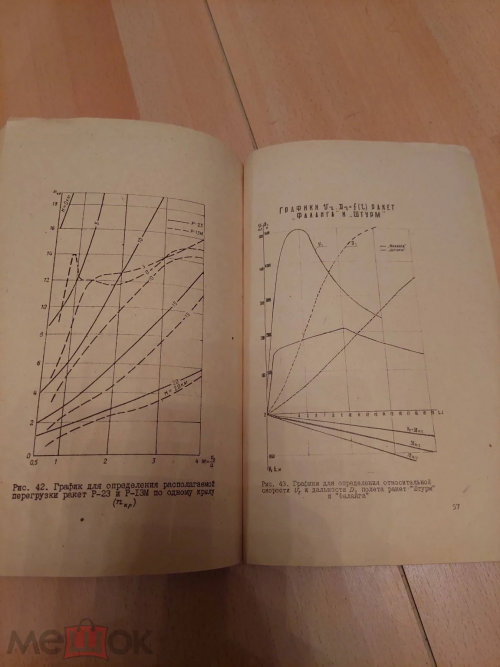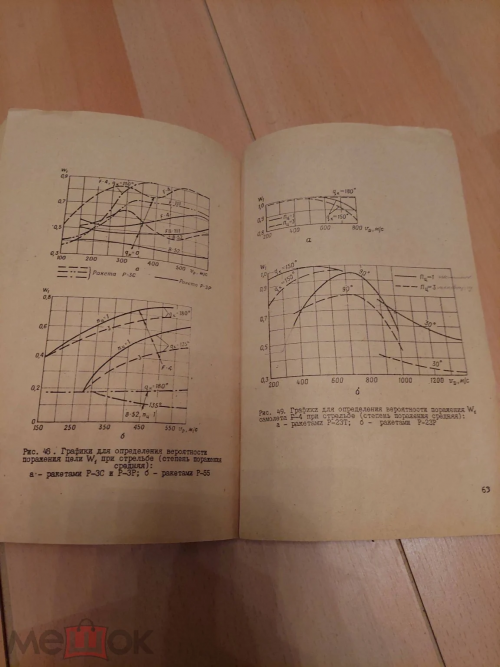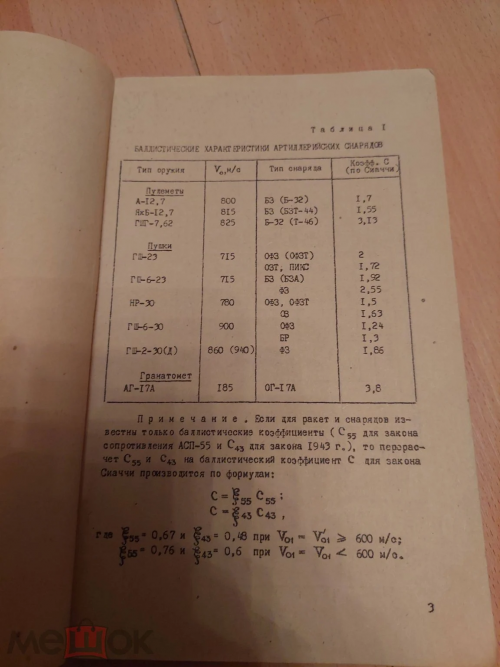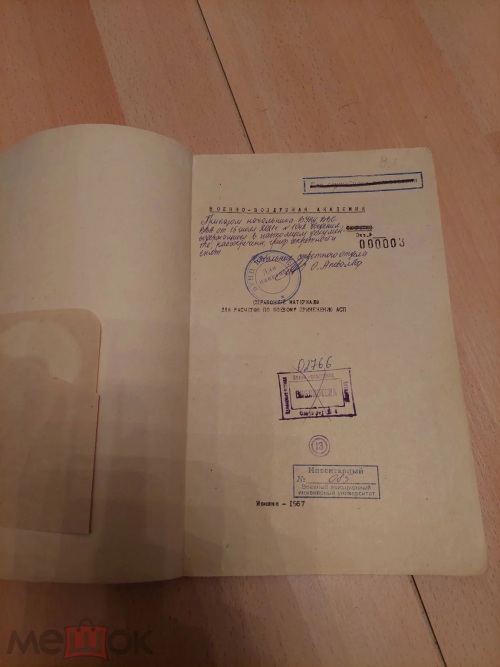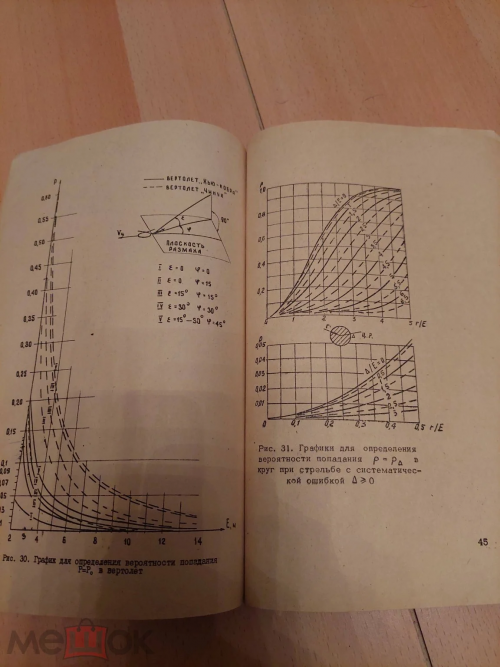You are using an out of date browser. It may not display this or other websites correctly.
You should upgrade or use an alternative browser.
You should upgrade or use an alternative browser.
R-23, R-24 & R-27 AAM
- Thread starter overscan (PaulMM)
- Start date
i have no idea thats i askHow much, if any, success has the Ukrainian aircraft had with their AA-10 Alamos in combat so far?
You can read the On-Board Complex Aircraft Navigation, Aiming and Armament Control of the MiG 29b Aircraft.Source:
Section IV
"Operation and repair of radio-electronic equipment of airplanes, helicopters and air missiles"
Topic 14. "Radio technical missile control systems"
Associate professor of the department candidate of technical sciences, associate professor V. A. Voychuk
Kyiv 2012
(Its from a Ukrainian course on the MiG-29 and Su-27 avionics systems)
It explains with great detail the R27R. I cut the so it goes directly to the chapter. It actually uses a 7 bit barker code rather than a 5 bit one.
The seeker is actually locked into place just before launch to the angle where the target will be when it turns its switched to SAHR. Now I'm not sure if it will remain in place after it gets a correction or it will change to the new position
This is how I understand the corrections( it's not explained or I can't understand from yandex). Because a full correction takes 358ms, you'll be getting the new position/velocity of the target by 358ms. <if the target maneuvered, how much did the target changed from the expected position and velocity vector> If target is at position P(0,0,0) and has a velocity vector V(Vx, Vy, Vz), if the target doesn't change anything. The conditions above remain the same. But if there's a difference in P(t)=Vt, t=358m/s, and the targets current position P', the information sent to the target is the difference of P'-P( in 100, 200, 300) and V'-V by (50, 100, 150). The missile maneuvers or does it thing, then both missile and radar reset P at (0,0,0) and use the new V. And this is repeated every 358m/s. Now with 2 missiles in the air, the correction is done every 716ms. This might give some inaccurate info. 4 in the air and you'll get info every 1.432s
Attachments
Colonial-Marine
UAVs are now friend, drones are the real enemy.
- Joined
- 5 October 2009
- Messages
- 1,469
- Reaction score
- 1,323
Is there a basic explanation for why the Soviets so quickly moved from the general design of the R-23/24 to the R-27? It seems to me like an upgraded variant of the R-24 could have probably done everything the R-27 did.
Why did the Soviets elect to use those trapezoidal control fins that get wider further from the missile on the R-27?
Why did the Soviets elect to use those trapezoidal control fins that get wider further from the missile on the R-27?
take a screenshot of the screen, paste to Yandex(better than google translate imo) and voilà. That's how I've managed to read it, cumbersome but does the job.I'd love to read that document but unfortunately it's in Russian.
- Joined
- 27 December 2005
- Messages
- 17,749
- Reaction score
- 26,395
K-23/R-23 and K-25 (reverse engineered AIM-7E Sparrow clone) were designed by two different teams led by V.A. Pustovoytov and V.T. Korsakov.
Lyapin, the chief designer, was convinced K-25 was going to be the right solution.
K-25 test rounds did not demonstrate expected advantages over R-23 and production was abandoned.
While V A Pustovoytov worked on improving R-23 into R-24, the K-25 team under V.T. Korsakov got to work on R-27 as an R-23/R-24 replacement incorporating some Sparrow derived technology (e.g. hydraulic drives, wing controls instead of tail controls) as a modularised, general missile family. While the all moving wing controls were from Sparrow, reverse taper on these was an adopted TsAGI idea (early R-27 drawings don't have it) which didn't entirely work out - IIRC it increased drag when manouvering and led to the adoption of tail controls and lattice wings on the K-77/R-77.
Lyapin, the chief designer, was convinced K-25 was going to be the right solution.
K-25 test rounds did not demonstrate expected advantages over R-23 and production was abandoned.
While V A Pustovoytov worked on improving R-23 into R-24, the K-25 team under V.T. Korsakov got to work on R-27 as an R-23/R-24 replacement incorporating some Sparrow derived technology (e.g. hydraulic drives, wing controls instead of tail controls) as a modularised, general missile family. While the all moving wing controls were from Sparrow, reverse taper on these was an adopted TsAGI idea (early R-27 drawings don't have it) which didn't entirely work out - IIRC it increased drag when manouvering and led to the adoption of tail controls and lattice wings on the K-77/R-77.
Last edited:
goldmastersims
ACCESS: Restricted
- Joined
- 21 March 2023
- Messages
- 8
- Reaction score
- 14
I need some speed vs time and dynamic launch zone charts for original R-27R and R-27T. I can only find R-27ER speed vs time charts in all my internet searches on ED forums, War Thunder forums, and multiple Discords. I'd like to know how different the top speeds would differ between the R-27R and ER at different points in time. As well as how much difference in km to hit a fighter with these given conditions. I don't have access to the Moscow Aerodynamics Institute paper. For reference, this is what I've found below.
1 and 2 are DLZ of R-27ER against moving aircraft from 0-800m/s at 1, 5 and 10km altitudes.
3 is the speed vs time of the R-27ER at 5, 10, 15, and 20km altitudes.
4 is the War Thunder R-27ER chart when launched at Mach 2 based on the MAI data.
I can't do the math myself, so if anyone can perform the calculations, it would be much appreciated!
1 and 2 are DLZ of R-27ER against moving aircraft from 0-800m/s at 1, 5 and 10km altitudes.
3 is the speed vs time of the R-27ER at 5, 10, 15, and 20km altitudes.
4 is the War Thunder R-27ER chart when launched at Mach 2 based on the MAI data.
I can't do the math myself, so if anyone can perform the calculations, it would be much appreciated!
Attachments
There you goI need some speed vs time and dynamic launch zone charts for original R-27R and R-27T. I can only find R-27ER speed vs time charts in all my internet searches on ED forums, War Thunder forums, and multiple Discords. I'd like to know how different the top speeds would differ between the R-27R and ER at different points in time. As well as how much difference in km to hit a fighter with these given conditions. I don't have access to the Moscow Aerodynamics Institute paper. For reference, this is what I've found below.
1 and 2 are DLZ of R-27ER against moving aircraft from 0-800m/s at 1, 5 and 10km altitudes.
3 is the speed vs time of the R-27ER at 5, 10, 15, and 20km altitudes.
4 is the War Thunder R-27ER chart when launched at Mach 2 based on the MAI data.
I can't do the math myself, so if anyone can perform the calculations, it would be much appreciated!
Attachments
I need some speed vs time and dynamic launch zone charts for original R-27R and R-27T. I can only find R-27ER speed vs time charts in all my internet searches on ED forums, War Thunder forums, and multiple Discords. I'd like to know how different the top speeds would differ between the R-27R and ER at different points in time. As well as how much difference in km to hit a fighter with these given conditions. I don't have access to the Moscow Aerodynamics Institute paper. For reference, this is what I've found below.
1 and 2 are DLZ of R-27ER against moving aircraft from 0-800m/s at 1, 5 and 10km altitudes.
3 is the speed vs time of the R-27ER at 5, 10, 15, and 20km altitudes.
4 is the War Thunder R-27ER chart when launched at Mach 2 based on the MAI data.
I can't do the math myself, so if anyone can perform the calculations, it would be much appreciated!
Thanks for sharing your findings. Have a few questions:
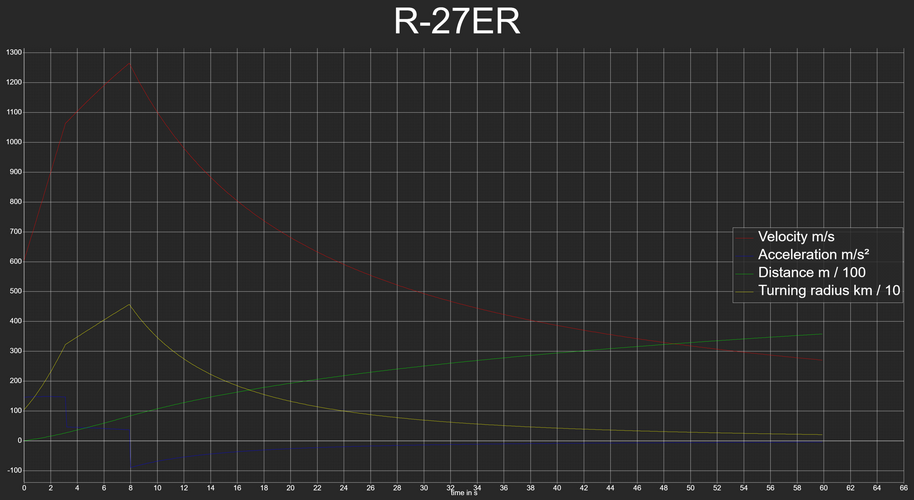
1) Can you please change its background color to white? Hard to see acceleration line here.
2) Is it correct that velocity here is the sum of three velocity vectors Vx, Vy, Vz?
3) Does the R-27ER do loft - climb and then dive on to the target - maneuver? If so, is it correct that Vz in the first half would be positive (climb) and the latter half would be negative (dive)?
Many thanks in advance.
goldmastersims
ACCESS: Restricted
- Joined
- 21 March 2023
- Messages
- 8
- Reaction score
- 14
Thanks for sharing your findings. Have a few questions:
View attachment 715998
1) Can you please change its background color to white? Hard to see acceleration line here.
2) Is it correct that velocity here is the sum of three velocity vectors Vx, Vy, Vz?
3) Does the R-27ER do loft - climb and then dive on to the target - maneuver? If so, is it correct that Vz in the first half would be positive (climb) and the latter half would be negative (dive)?
Many thanks in advance.
1. No, I cannot. The author of this chart is a user named "MiG-23M" on the War Thunder forums.
2. Yes, this is the sum of all velocity vectors.
3. No, R-27ER does not automatically loft. Any lofts would have to be manually performed.
can you share your cumbersome job here pleasetake a screenshot of the screen, paste to Yandex(better than google translate imo) and voilà. That's how I've managed to read it, cumbersome but does the job.
F-2
ACCESS: Top Secret
- Joined
- 22 May 2020
- Messages
- 885
- Reaction score
- 1,717
Came across these R-23R seeker pictures, not sure if they show anything new that hasn't been shown on previous seeker pictures.


View: https://x.com/Kubojd/status/1916124864521666990
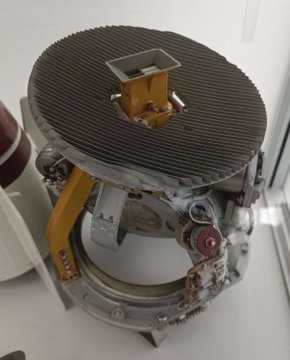
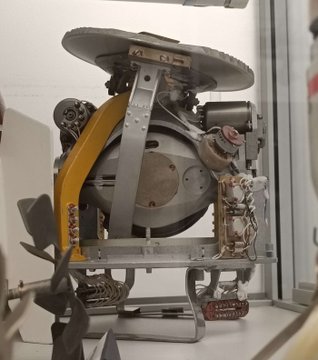
View: https://x.com/Kubojd/status/1916124864521666990










